SOURCE: IDRW.ORG
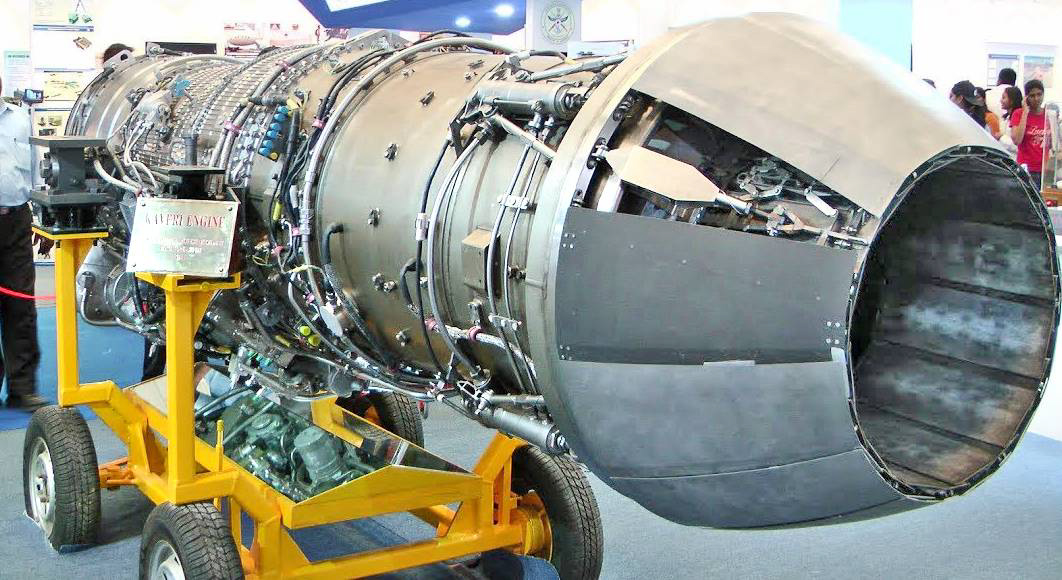

Hyderabad-based VEM Technologies’ Managing Director, V. Venkat Raju, has expressed strong confidence in the Indian private sector’s capability to develop the 120kN engine for the Advanced Medium Combat Aircraft (AMCA), while underscoring the need for government support in critical areas. Speaking at a recent panel discussion, Raju outlined the industry’s strengths, identified gaps, and provided insights into the budget, timeline, and strategic considerations for this ambitious project.
Raju highlighted the transformation of India’s aerospace industry, which has gained significant expertise in system engineering, system integration, and process automation. “The industry has developed a deep understanding of materials, expertise in building test equipment, and strong engineering capabilities,” he said, noting that VEM Technologies alone employs nearly 800 engineers across multidisciplinary areas. With advanced design and analytical tools, the industry can accelerate engine simulation, making development faster and more efficient.
Continue readingSOURCE: IDRW.ORG


The Indian Space Research Organisation (ISRO) and the Defence Research and Development Organisation (DRDO) are intensifying efforts to develop their own long-range radar systems to monitor space for debris and potential offensive systems, spurred by increasing Chinese activity in the space domain. This strategic push also comes in the wake of a sobering incident in April 2022, when debris from a Chinese CZ-3B rocket, initially predicted by the U.S. Space Command (USSPACECOM) to impact near Myanmar and the Arabian Sea, instead crashed over India, scattering rocket nozzles, rings, and fuel tanks across populated areas.
The CZ-3B incident highlighted critical gaps in India’s space situational awareness (SSA) capabilities. USSPACECOM’s Space-Track portal had forecasted the uncontrolled re-entry of the rocket’s upper stage on April 2, 2022, projecting a splashdown in the Indian Ocean. However, the debris defied predictions, raining down over Maharashtra and Gujarat, with fragments landing perilously close to residential zones. Posts on X at the time expressed alarm over the lack of precise tracking, with one user noting, “India can’t keep relying on foreign alerts—our skies need our own eyes.” This event underscored the urgent need for indigenous systems to safeguard India’s space assets and population from such hazards.
Continue readingSOURCE: AFI
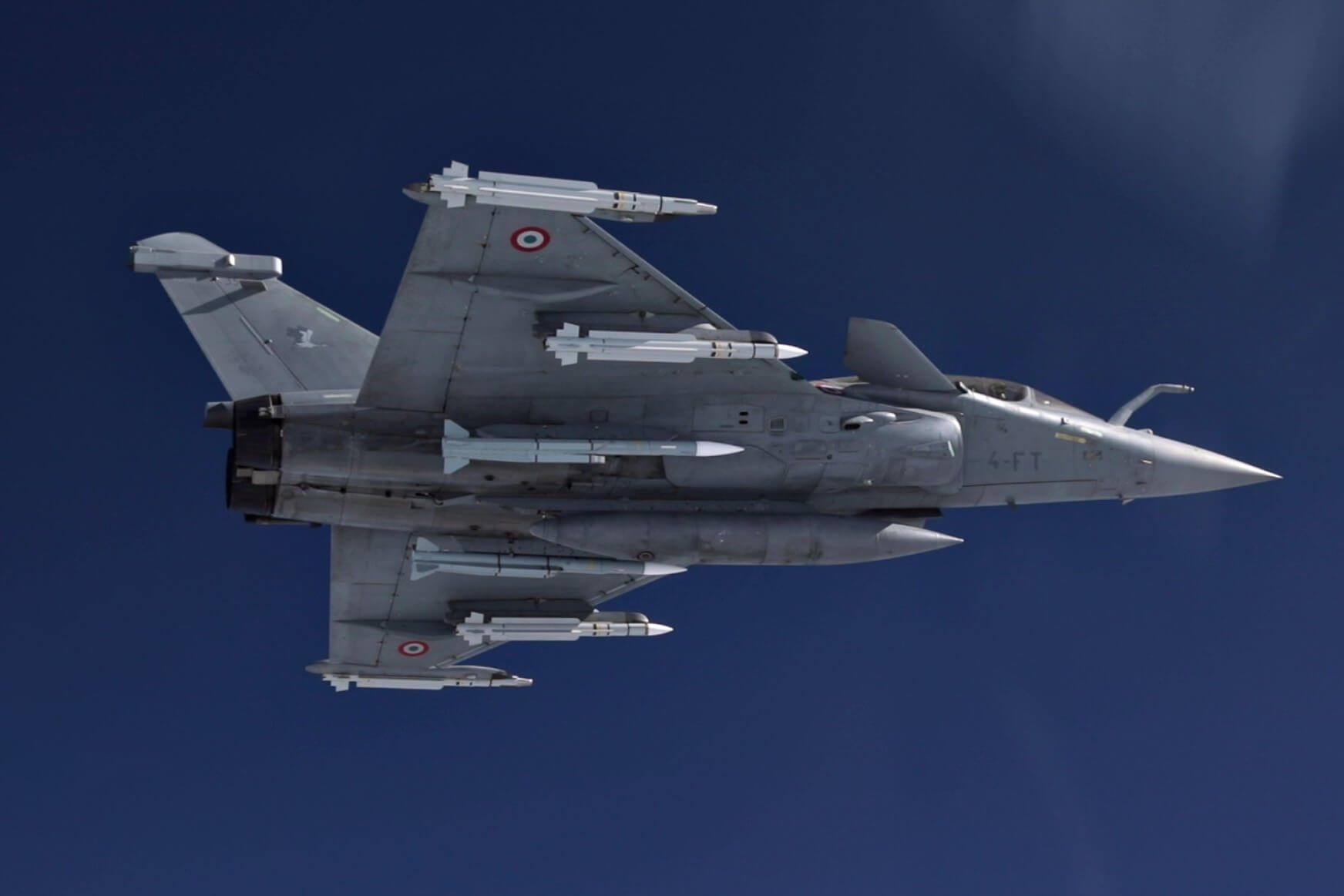

In the volatile geopolitical landscape of South Asia, the Indian Air Force’s (IAF) Dassault Rafale fighter jet, armed with the cutting-edge Meteor beyond-visual-range air-to-air missile (BVRAAM), has redefined aerial combat dynamics. Often likened to a sniper for its precision, range, and lethality, the Rafale-Meteor combination provides India with a decisive edge in a potential conflict with Pakistan. This article explores how the Rafale’s advanced capabilities, particularly when paired with the Meteor missile, enable it to operate with sniper-like precision and dominance in the skies.
The Rafale, a twin-engine, multirole fighter developed by France’s Dassault Aviation, is a 4.5-generation aircraft designed for versatility and superior combat performance. India’s acquisition of 36 Rafales, finalized in a 2016 inter-governmental agreement with France for approximately ?58,000 crore, has bolstered the IAF’s capabilities against regional adversaries like Pakistan and China. Stationed at Ambala (for the western front against Pakistan) and Hasimara (for the eastern front against China), the Rafales are equipped with India-specific enhancements, including the ability to operate from high-altitude bases like Leh and advanced helmet-mounted displays for rapid targeting.
Continue readingSOURCE: AFI
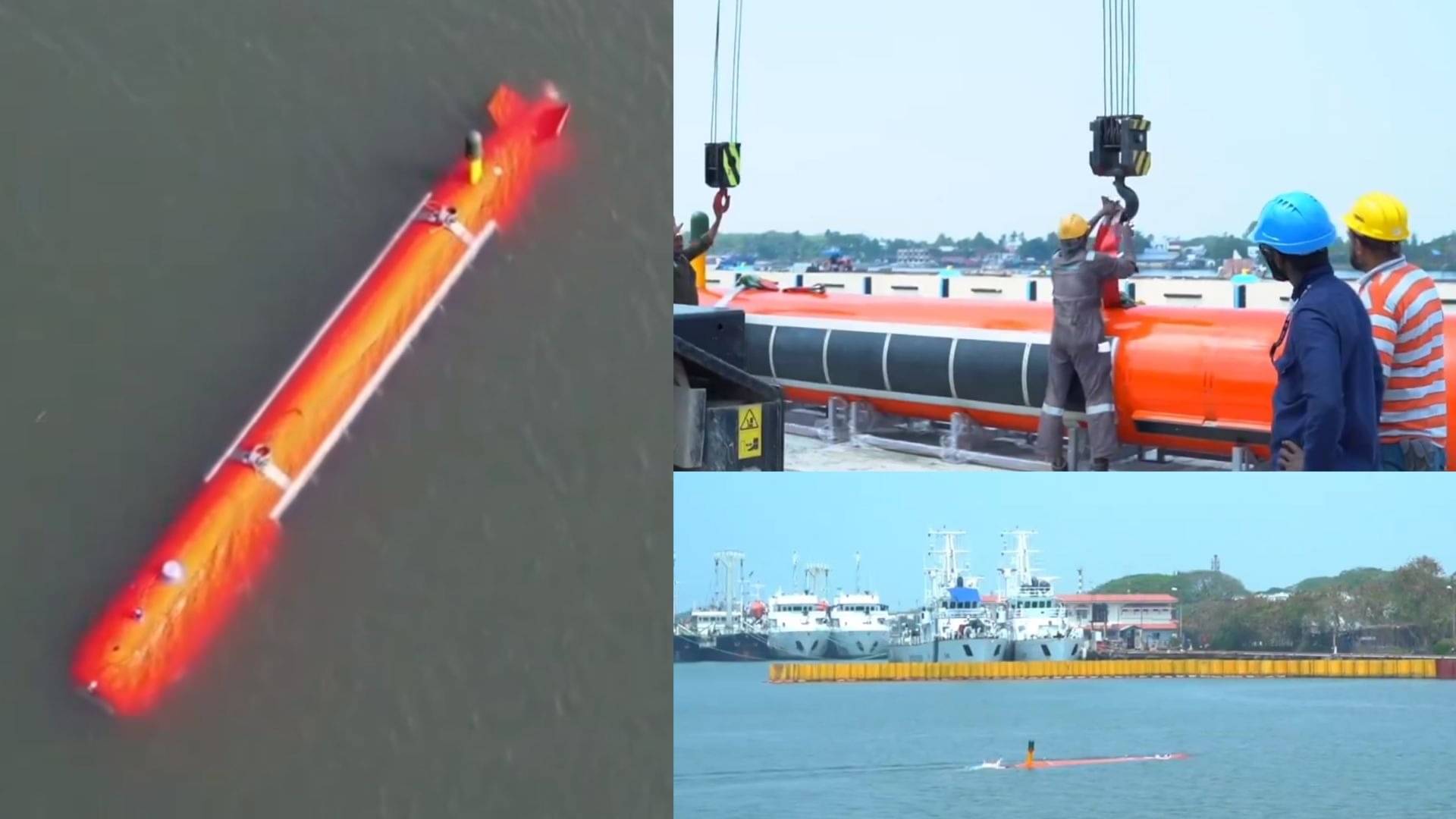

India’s Defence Research and Development Organisation (DRDO) has made significant strides in its High Endurance Autonomous Underwater Vehicle (HEAUV) program, with developmental trials ongoing for over a year. The 6-tonne, 10-meter-long HEAUV, designed for critical missions like mine countermeasures (MCM) and intelligence, surveillance, and reconnaissance (ISR), was tested in a lake in March 2025, as showcased in a DRDO video. This development, led by DRDO’s Naval Science and Technological Laboratory (NSTL), comes at a crucial time as India ramps up its maritime capabilities to counter China’s growing underwater presence in the Indian Ocean Region (IOR), particularly following the recent non-nuclear hydrogen bomb test by China’s PLA.
The HEAUV is engineered for endurance and versatility, capable of operating for up to 15 days and diving to depths of 300 meters. Its communication systems include acoustic, UHF, C Band, and satellite communication (satcom), ensuring robust connectivity in diverse underwater environments. The vehicle is equipped with advanced sensors developed by DRDO’s Naval Physical and Oceanographic Laboratory (NPOL), including a front-looking sonar, a flank array sonar for underwater detection, and a side-scan sonar primarily for MCM operations. A low-power, portable X-band 360° surveillance radar, developed by DRDO’s Electronics and Radar Development Establishment (LRDE), enhances its ISR capabilities by detecting and tracking subsurface targets at periodic intervals.
Continue readingSOURCE: AFI
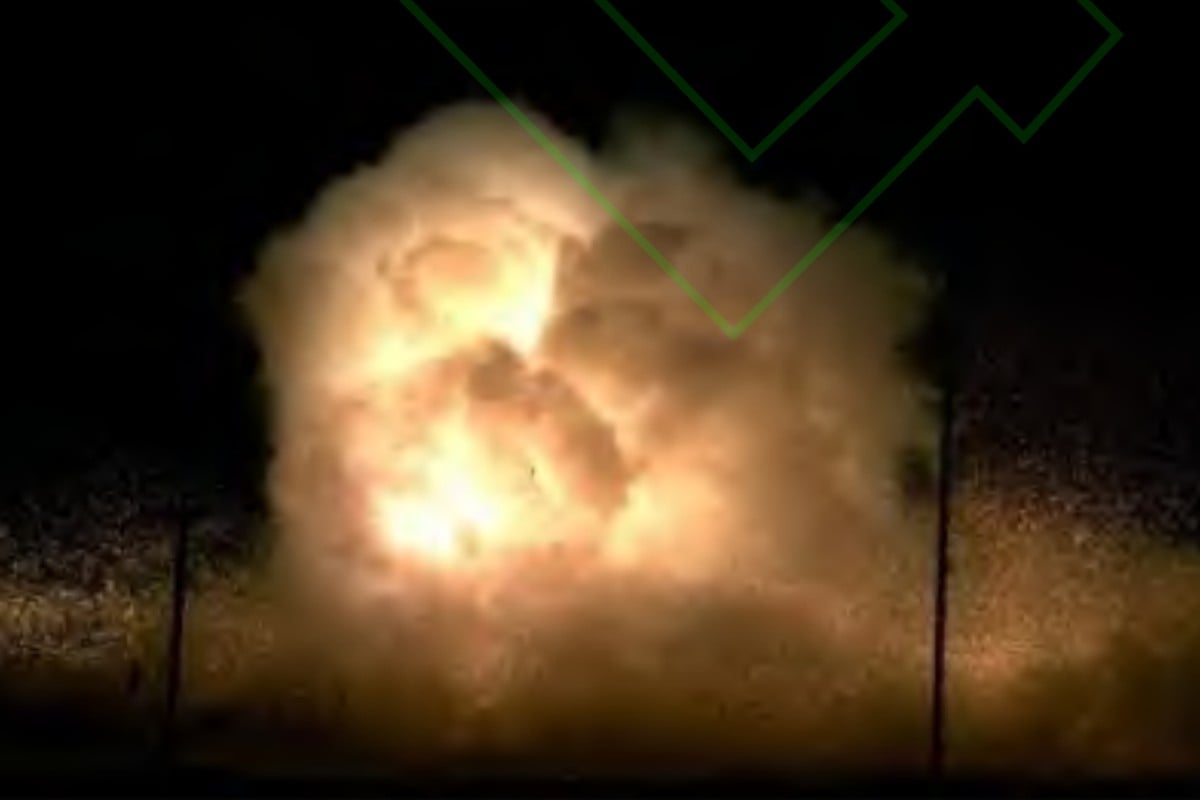

On April 20, 2025, China’s People’s Liberation Army (PLA) announced a successful test of a non-nuclear hydrogen bomb, developed by the China State Shipbuilding Corporation’s (CSSC) 705 Research Institute. This 2-kilogram device, utilizing magnesium hydride, generated a fireball exceeding 1,000 degrees Celsius for over two seconds—15 times longer than a comparable TNT blast—capable of melting aluminum alloys and causing extensive thermal damage.
The test, detailed in the Journal of Projectiles, Rockets, Missiles and Guidance, signals China’s advancements in clean-energy weaponry and its strategic posturing amid tensions with Taiwan and the United States. For India, this development raises critical security concerns, necessitating a multifaceted response to safeguard national interests and maintain regional balance. Here’s how India should respond.
Continue readingSOURCE: AFI


In a significant escalation of tensions, India is reportedly contemplating ending the ceasefire agreement with Pakistan along the Line of Control (LoC) in Jammu and Kashmir, following a deadly terrorist attack in Pahalgam on April 22, 2025, that claimed 26 lives. The decision, under serious consideration by New Delhi, stems from Pakistan’s failure to curb cross-border terrorism, as highlighted by top government sources cited in recent reports.
This move, if implemented, could mark a turning point in India-Pakistan relations, potentially leading to heightened military engagement and further straining bilateral ties already at a historic low.
Continue readingSOURCE: PTI
)

Pakistan Peoples Party (PPP) Chairman Bilawal Bhutto-Zardari has threatened that blood would flow in rivers if water is stopped, in a sharp response to India’s decision to suspend the Indus Waters Treaty (IWT) after the Pahalgam terror attack.
“The Indus is ours and will remain ours – either our water will flow through it, or their blood,” the former foreign minister was quoted as saying by The News on Friday while addressing a public rally in the Sukkur area of his home Sindh province.
Continue readingSOURCE: PTI
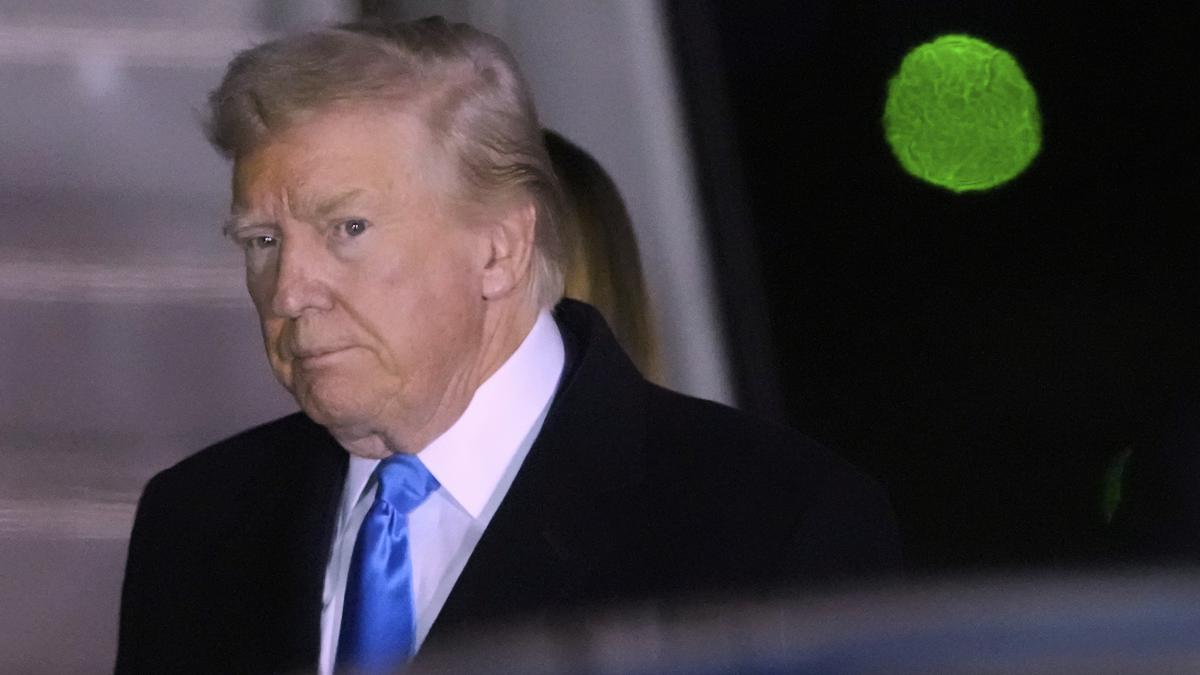

US President Donald Trump on Friday said there has always been tensions between India and Pakistan and the two countries will figure it out between themselves “one way or the other”. “I am very close to India and I’m very close to Pakistan, as you know. And they’ve had that fight for 1,000 years in Kashmir. Kashmir has been going on for 1,000 years, probably longer than that. And it was a bad one yesterday, though, that was a bad one. Over 30 people,” Trump said during a press gaggle with reporters aboard Air Force One on the way to Rome.
The US President was asked about tensions between India and Pakistan in the wake of the Pahalgam terror attack in which 26 civilians were killed and if he would be talking to the leaders of the two nations.
There have been “tensions on that border for 1,500 years. So you know, the same as it’s been, but they’ll get it figured out one way or the other. I’m sure… I know both leaders. There is great tension between Pakistan and India. But there always has been”, he said.
SOURCE: PTI


Former Chief of Air Staff Arup Raha has advocated for a military offensive against ‘Pakistan-sponsored terrorists’ in the wake of the Pahalgam bloodbath, asserting that India has shattered the ‘myth’ that two nuclear powers cannot engage in conventional warfare, citing strikes after the Uri and Pulwama attacks.
Referring to the Army’s retaliatory surgical strikes on militant launch pads in Pakistan-administered Kashmir following the Uri attack, and the subsequent Balakot air strike after the Pulwama convoy bombing, the retired Air Chief Marshal said India has “done well in the past in punishing perpetrators of terror.”
Continue readingSOURCE: PTI


The government asked media outlets on Saturday to refrain from live coverage of defence operations and movement of security forces, contending that such reportage may inadvertently help hostile elements.
The advisory comes in the wake of reporting on defence matters following the terror attack in Jammu and Kashmir’s Pahalgam that killed 26 people, mostly tourists.
Continue readingSOURCE: IANS


In a deeply controversial moment, a senior official from the Pakistan Army inflamed tensions by making a throat-slitting gesture towards a crowd of peaceful demonstrators outside the Pakistan High Commission in London. The protesters had gathered to voice their anger over the recent terror attack in Pahalgam, where 26 people were killed by Pakistan-backed terrorists in Jammu and Kashmir.
Adding to the provocation, the official was seen holding a poster of Indian Air Force Group Captain Abhinandan Varthaman, using it to mock the Indian protesters.
Continue readingSOURCE: PTI


More than 1,000 illegal Bangladeshi immigrants, including women and children, were detained following combing operations in Ahmedabad and Surat, and efforts were underway for their deportation, Minister of State for Home Harsh Sanghavi said on Saturday.
At least 890 Bangladeshis were detained in Ahmedabad and 134 in Surat, in what the minister termed as the biggest operation of its kind by the Gujarat police to date. Sanghavi warned illegal immigrants residing in Gujarat to surrender before the police on their own accord, or else they will be nabbed and deported.
Continue readingSOURCE: IANS
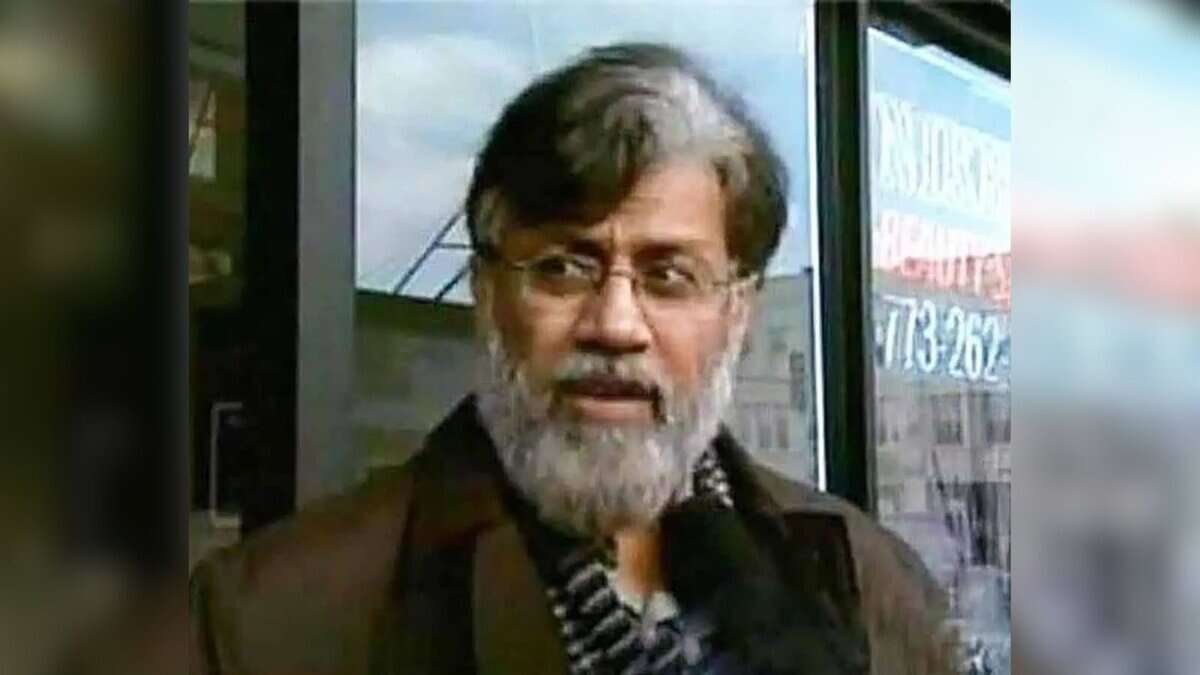

Tahawwur Rana, the Pakistani-Canadian national accused of involvement in the 26/11 Mumbai terror attack, has denied any role in the conspiracy during his interrogation by the Mumbai Crime Branch.
According to senior officials, Rana, who is currently in the custody of the National Investigation Agency (NIA) in Delhi, was questioned for over eight hours by a team of Mumbai Police officers. During the interrogation, Rana distanced himself from the attacks that claimed over 166 lives and injured hundreds on November 26, 2008.
Continue readingSOURCE: PTI
)

The houses of three suspected terrorists have been razed by authorities in the Kashmir Valley. It is seen as a crackdown on terrorism days after the dastardly Pahalgam attack in which 26 people were killed.
Officials on Saturday said that houses of the alleged terrorists were demolished in Pulwama, Shopian and Kulgam districts of south Kashmir on Friday night. Earlier, the houses of two Lashkar-e-Taiba terrorists, including that of the Pahalgam terror attack’s prime suspect, were destroyed when explosives believed to be stored there went off during the intervening night of Thursday and Friday.
Continue readingSOURCE: RAUNAK KUNDE / NEWS BEAT / IDRW.ORG


Allison Transmission has been chosen to supply its advanced 3040 MX cross-drive transmission for all three Government-funded original equipment manufacturers (OEMs) participating in India’s Future Infantry Combat Vehicle (FICV) prototype programme. This landmark selection underscores Allison’s expertise in delivering high-performance mobility solutions for modern military applications.
The FICV programme is a critical initiative to modernise the Indian Army’s armoured fleet by replacing its aging BMP-II Infantry Fighting Vehicles with cutting-edge, domestically manufactured combat vehicles. Designed to enhance operational capability, the FICV aims to deliver superior mobility, firepower, and survivability on the battlefield.
Continue reading